
A closer look at the important work of social and audience editors
Audiences cannot be an afterthought.
Reaching audiences is no longer just another function of marketing and circulation teams. The role of attracting readers/viewers/listeners belongs to everyone, including (and especially!) the newsroom.

Audiences cannot be an afterthought.

In this new guide, engagement practitioners Adriana Gallardo, Kavolshaia Howze, Terry Parris Jr., and Natalie Yahr share insights on building relationships, building trust, finding people, and staying accountable.

In a post on American Press Institute, Stephanie Castellano details how two journalists turned to a number of creative ways to reach students and families—before and during the coronavirus pandemic.

Capital Public Radio’s jesikah maria ross lays out how a busy newsroom can—in five steps—make space for new perspectives by developing stories in participation with underrepresented members of the community.

Analytics platform Parse.ly provides a beginner’s guide for getting to the bottom of who your target audience is and what they need from you.

This guide shares lessons from four months of local news experiments.

Proven strategies for local media, as tested by news organizations in the Table Stakes Local News Transformation Program

Use this workbook to challenge yourself to center your community in your outreach, relationships and reporting.

Here’s an idea to steal and adapt: The Dallas Morning News gave new or infrequent voters personally curated stories that would equip them to have a voice in 2024.
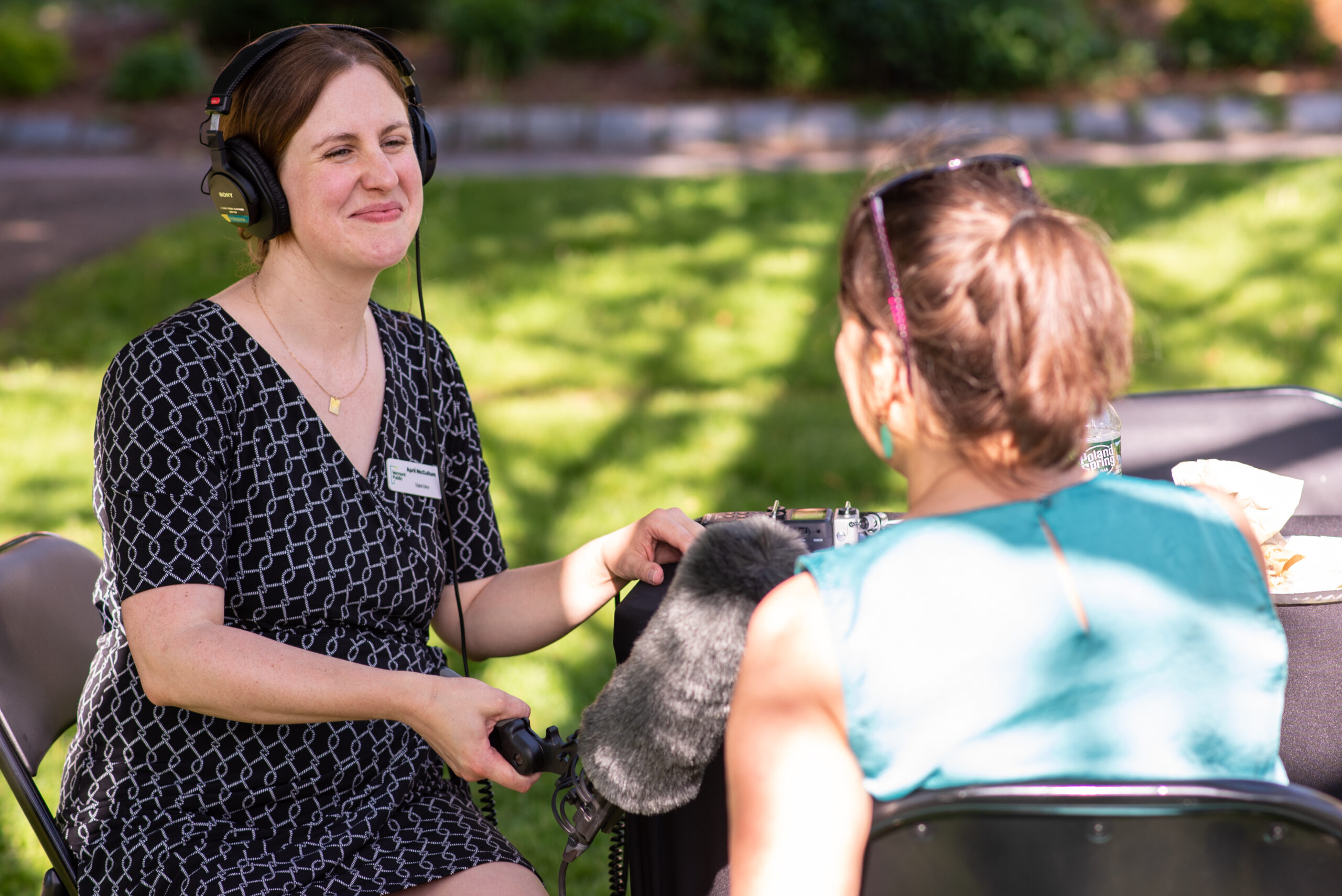
Here’s an idea to steal and adapt: Two civic engagement-minded community organizations teamed up to ask citizens what they want to know before they head to the polls.
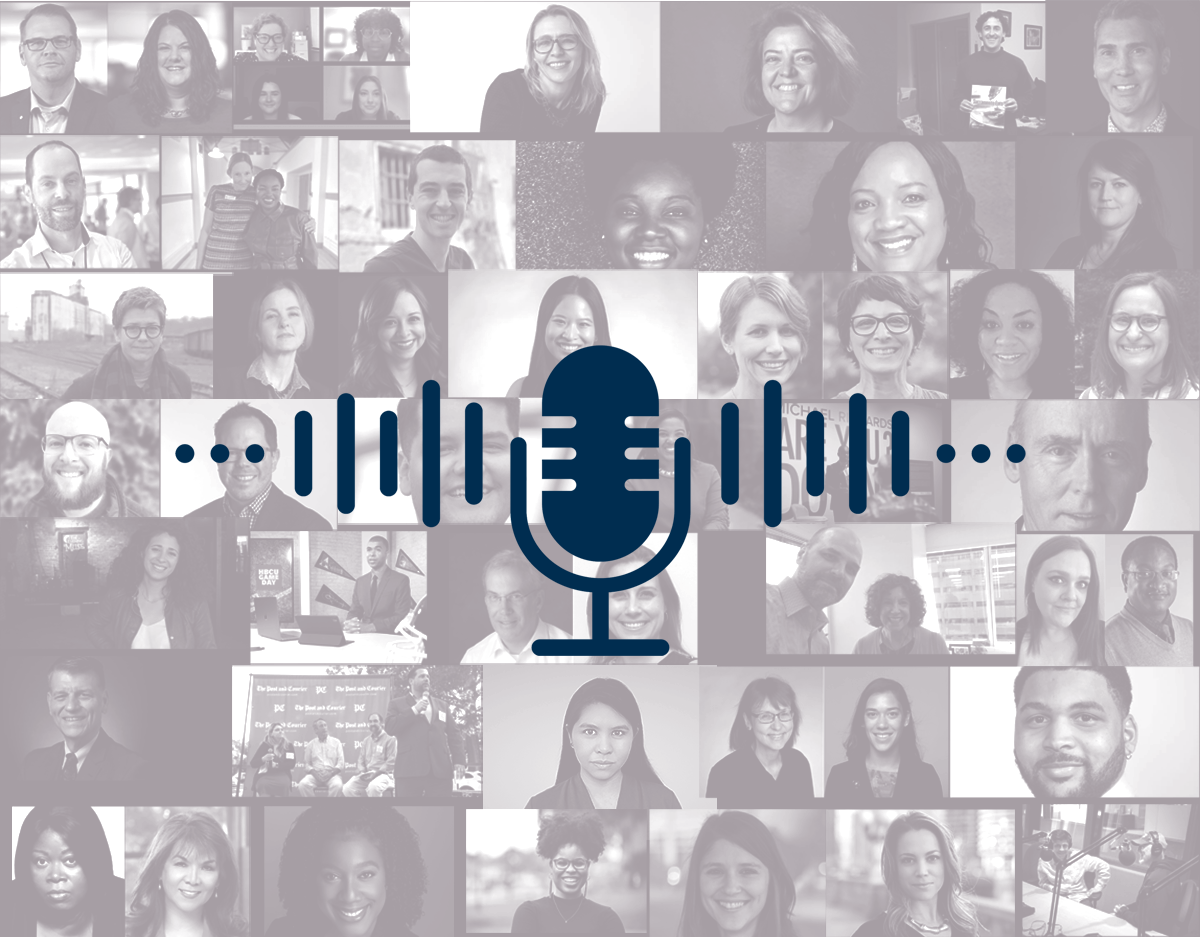
In this special episode, hear about memorable takeaways, including advice on planning live events, increasing revenue, engaging with communities, and forming mutually beneficial partnerships and collaborations.
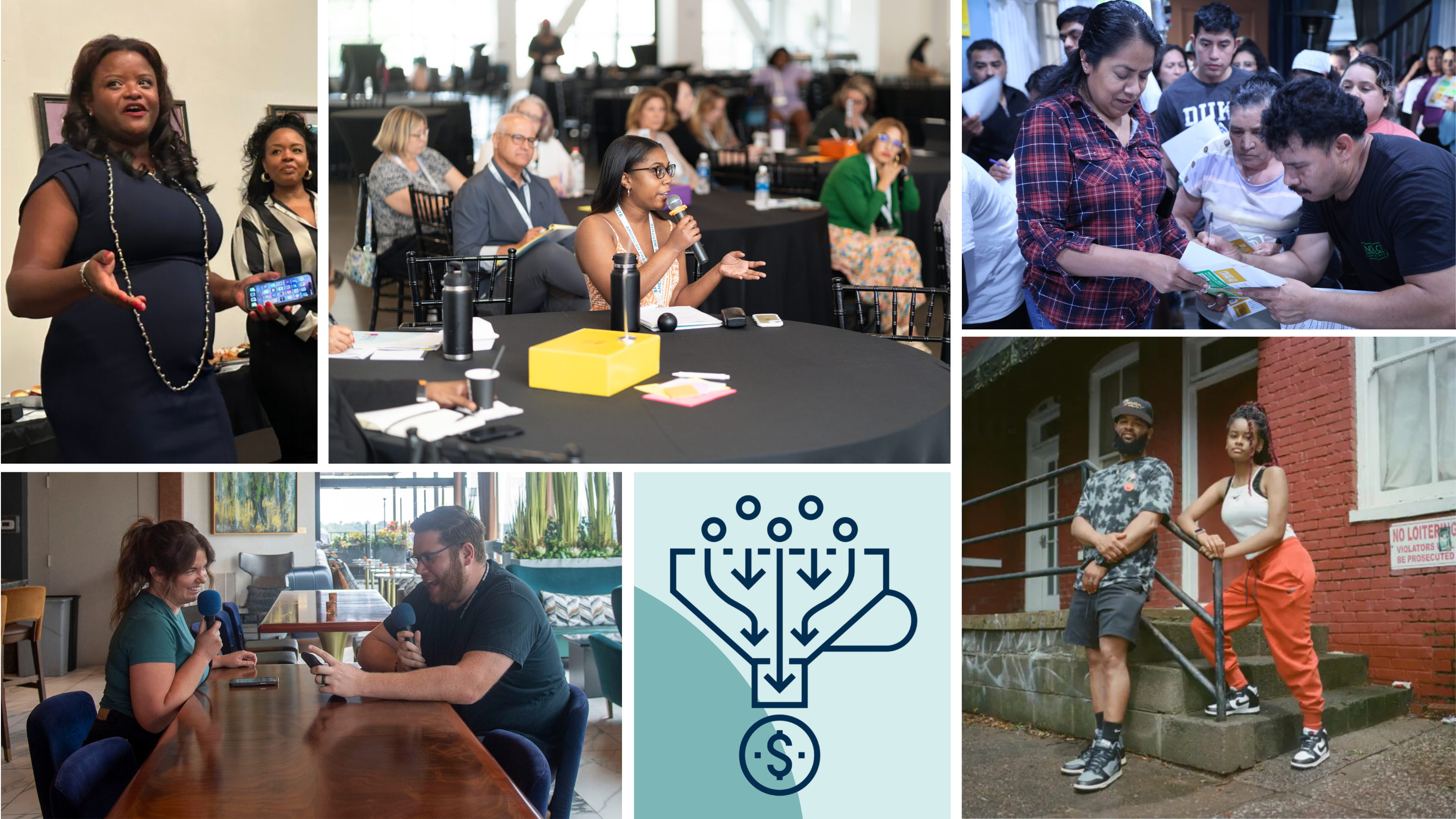
Here are 10 ideas to steal and adapt: From planning live events to tackling the audience funnel, these articles and case studies are the most-viewed in 2024 on BetterNews.org.
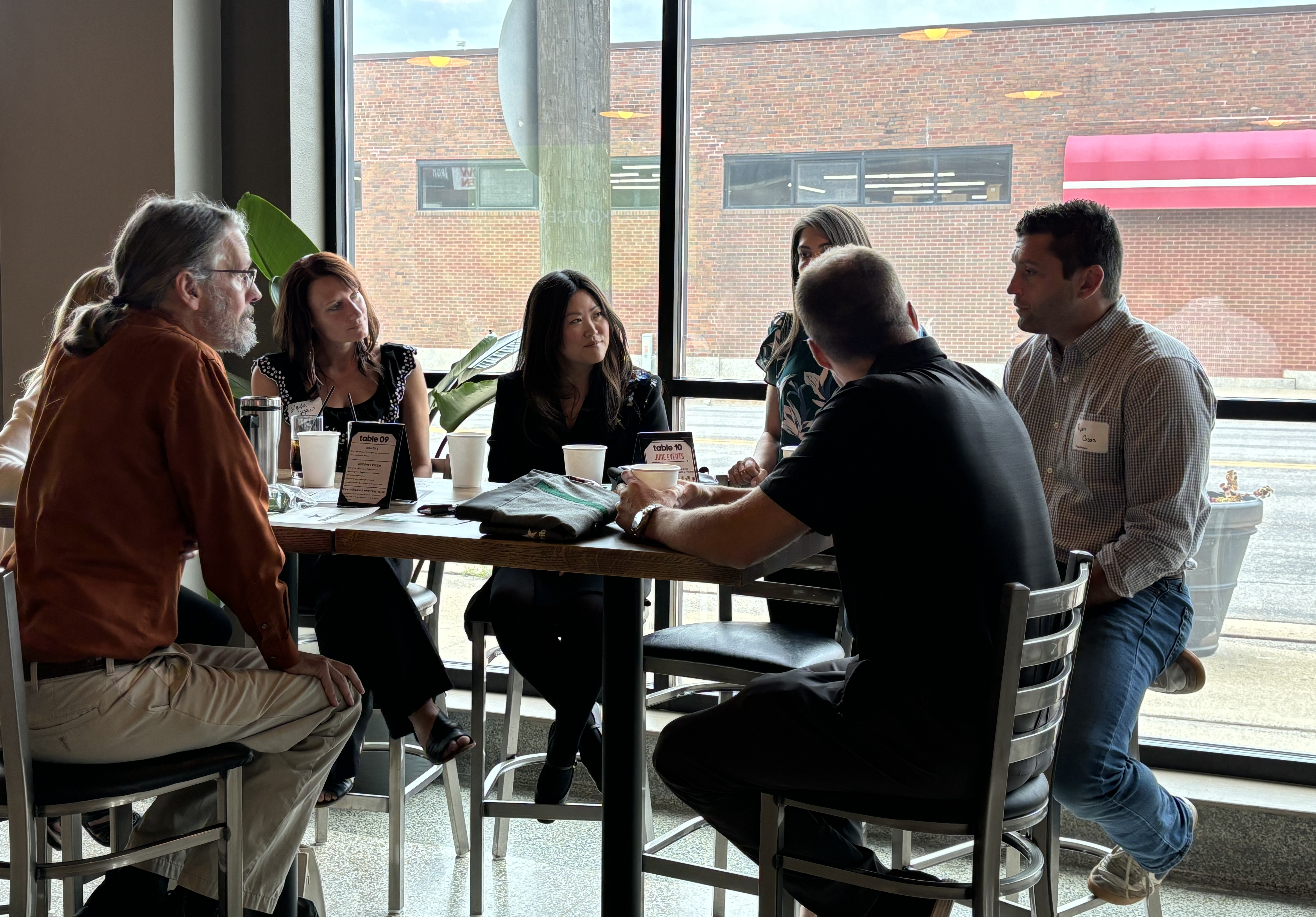
Here’s an idea to steal and adapt: Organize a series of events (with wide-ranging topics) in communities across your state to build your news organization’s relevance.

Here’s an idea to steal and adapt: Meet your target audiences in the online spaces where they’re already gathering.

Here are three ideas to steal and adapt: LAist, Enlace Latino NC and Spotlight PA developed easy-to-use tools for voters during local elections.

Here’s an idea to steal and adapt: Gulf Coast Media and The Sumter Item revamped their Athlete of the Week contests to attract corporate sponsors and reader engagement.

Here’s an idea to steal and adapt: The Keene Sentinel added video and transcripts to a local health podcast to make each episode as accessible as possible.

From favorite diners to long-shuttered dance clubs, readers of all ages love waxing about the way things used to be. Nostalgia is a beat that can work for any newsroom.
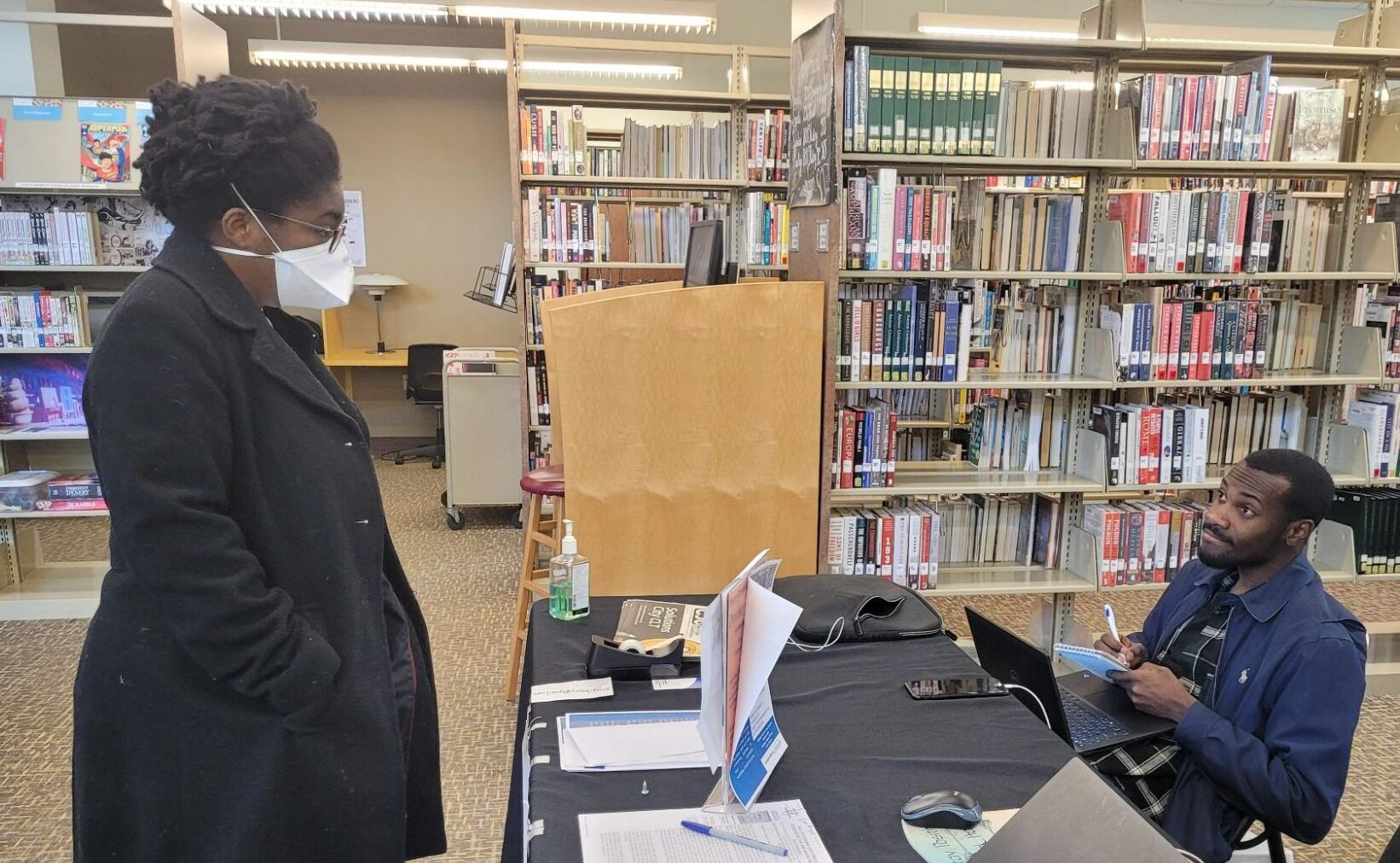
Here’s an idea to steal and adapt: A mobile newsroom offers authentic and organic opportunities to connect with historically underrepresented communities and report on them in ways we never have before.

Here’s an idea to steal and adapt: KPCC-LAist used direct mail distribution to send thousands of kid-friendly mailers to L.A. families without internet to share COVID-19 resources

Here’s an idea to steal and adapt: The Milwaukee Journal Sentinel developed a social strategy to reach new audiences with three parts: best practices to encourage sharing, programming Facebook and creating social-exclusive content.

Here’s an idea to steal and adapt: The Bay Area News Group had moved to a digital first publishing platform but quickly realized some writers and editors were finding an audience for their content better than others. They realized they needed to get everyone on the same page — with a suite of digital content guides.

The Trusting News Project’s findings help guide journalists to earn their audience’s trust through social media strategies.